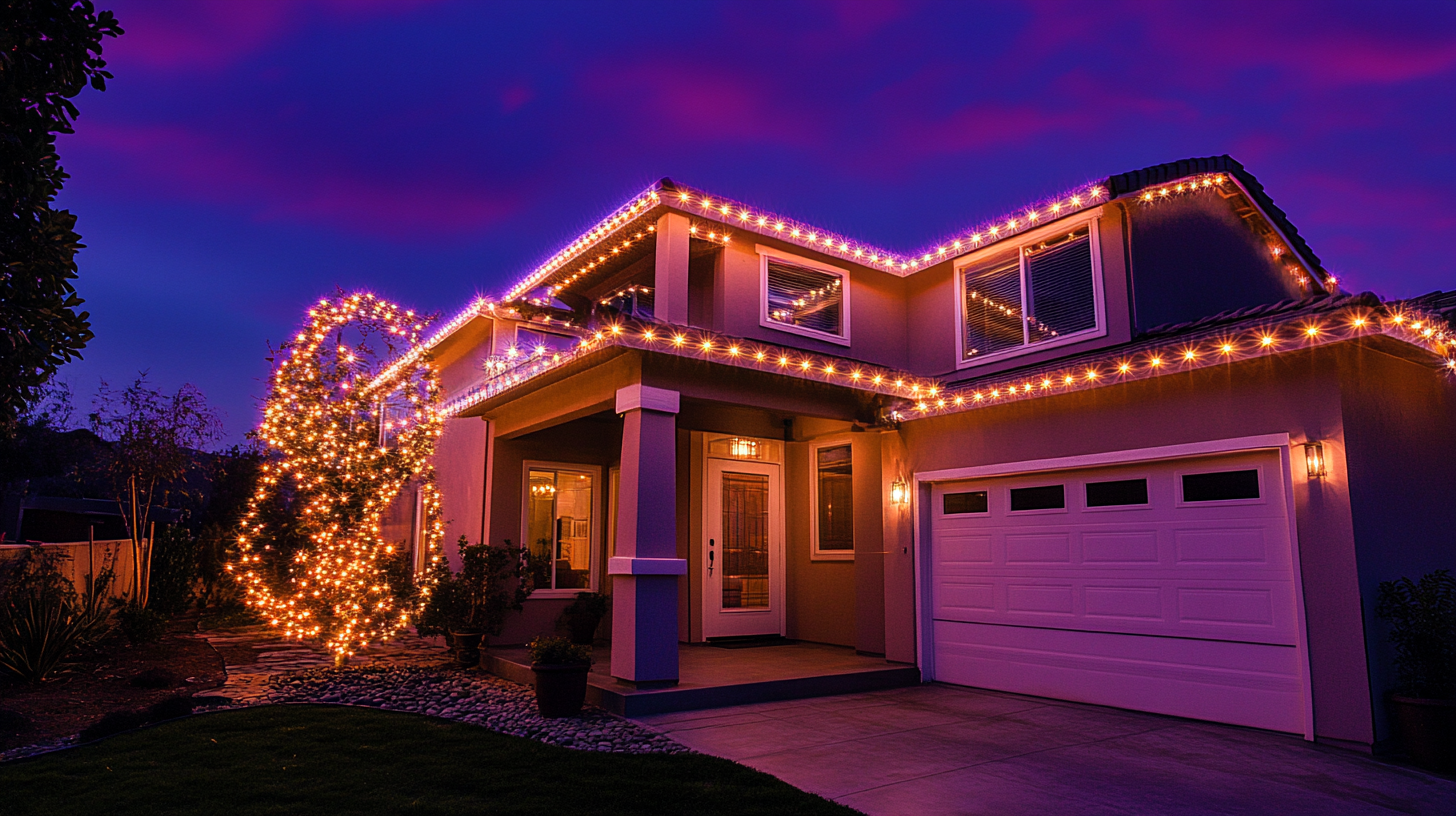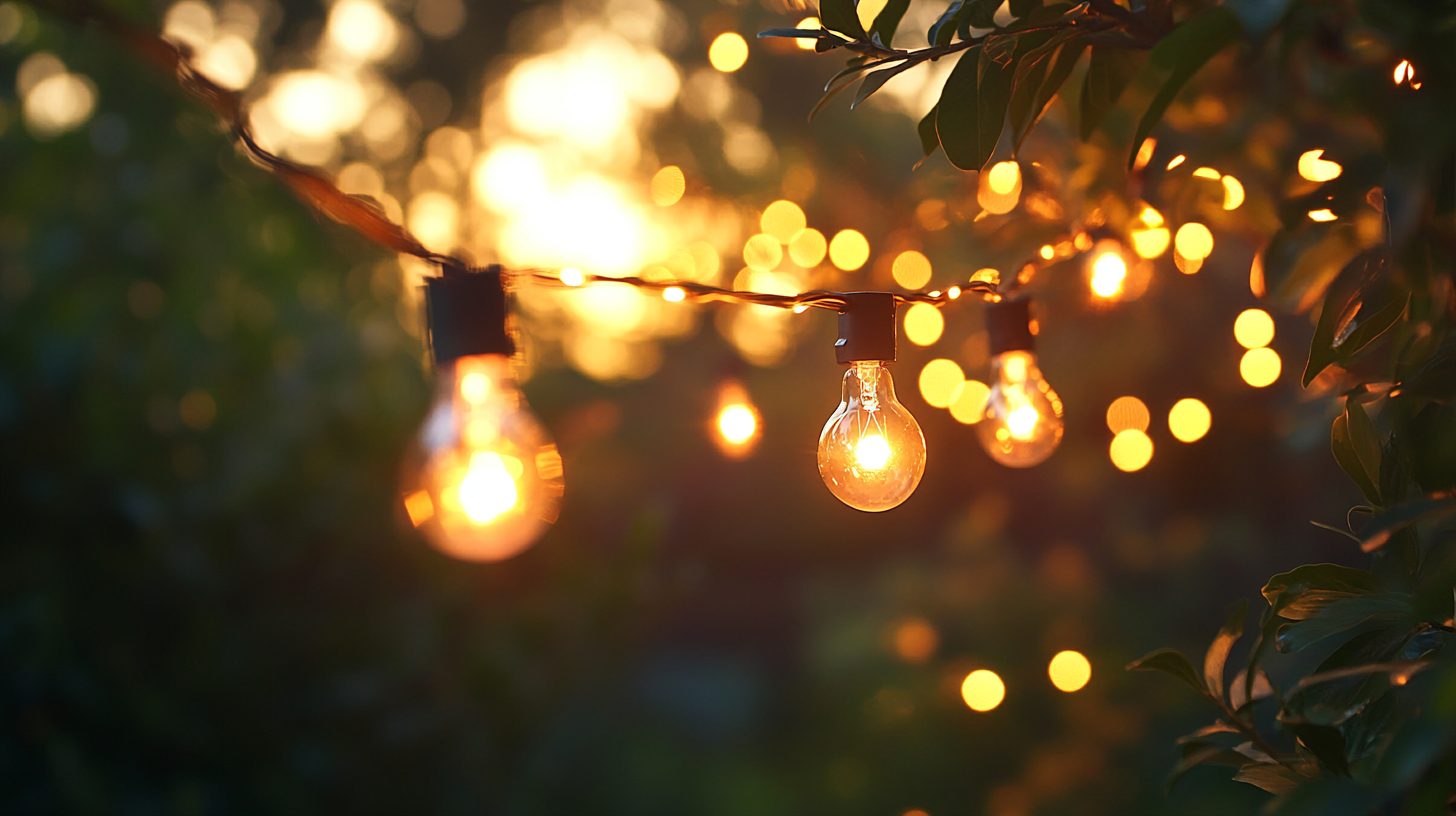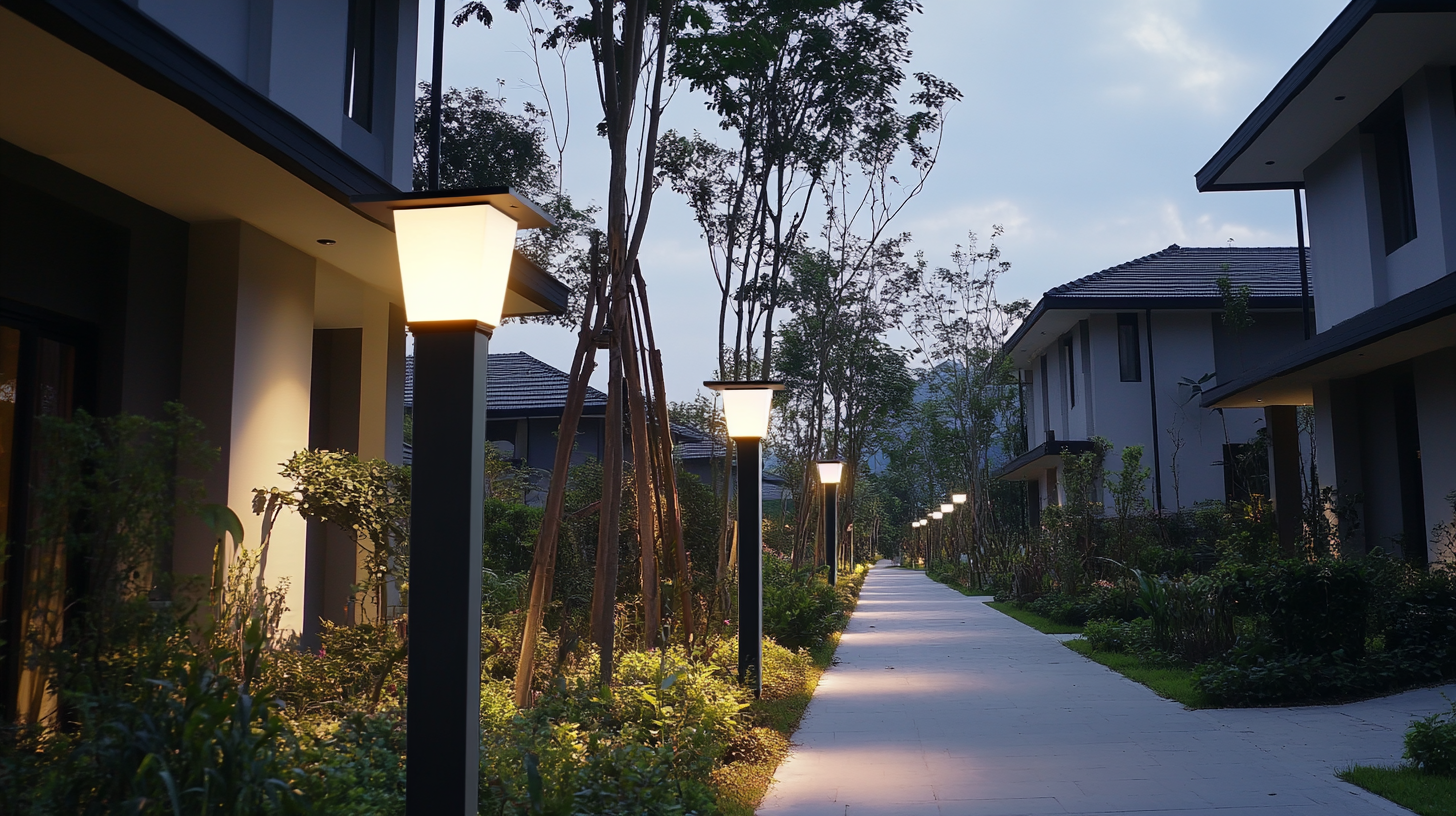Choosing the Best LED Solar Lights for Outdoor Use Which One Fits Your Needs
In recent years, LED solar lights outdoor have gained immense popularity among homeowners seeking sustainable and cost-effective lighting solutions for their gardens, patios, and driveways. As the world becomes more eco-conscious, these lights offer an excellent way to illuminate outdoor spaces without significantly impacting electricity bills. Their solar-powered nature means they harness the sun’s energy during the day and automatically light up at night, making them both convenient and environmentally friendly. However, with a variety of options available in the market, selecting the right LED solar lights outdoor for your specific needs can be a daunting task.
When choosing between different styles, functionalities, and features of LED solar lights outdoor, it’s essential to consider factors such as brightness, battery life, and design. This guide will help you navigate these considerations, ensuring you find the perfect lighting solution that not only enhances the aesthetic of your outdoor areas but also provides safety and security. Whether you’re looking for pathway lights, floodlights, or decorative lanterns, understanding what to look for will empower you to make an informed decision that aligns with your preferences and lifestyle.

Understanding Different Types of LED Solar Lights for Outdoor Applications
When it comes to choosing LED solar lights for outdoor applications, understanding the different types available can significantly influence your decision. Solar garden lights, for example, are designed primarily for aesthetic purposes, enhancing the ambience of your garden while providing subtle illumination. These lights typically come in various designs, from whimsical shapes to elegant lanterns, making them ideal for illuminating pathways or highlighting certain features in your landscape.
Another popular type is solar flood lights, which offer powerful illumination and are perfect for larger areas. These lights are commonly used for security purposes, as their brightness can deter intruders and provide visibility in dark spaces. With adjustable settings and motion sensors available in many models, solar flood lights combine functionality with energy efficiency, making them an excellent choice for homeowners looking to enhance safety.
For those focused on sustainable aesthetics, solar string lights are a charming option. They can be draped over patios, pergolas, or trees to create a warm, inviting atmosphere for outdoor gatherings. Many string lights now come with LED bulbs, which consume less energy while providing the same delightful glow. Understanding the specific needs of your outdoor space will guide you in selecting the type of solar light that not only fits your functional requirements but also complements your outdoor aesthetics.

Key Features to Consider When Selecting Solar Lights for Your Outdoor Space
When it comes to illuminating your outdoor space, choosing the best LED solar lights requires careful consideration of several key features. First and foremost, brightness is a crucial factor. Measured in lumens, brighter lights may be necessary for pathways and security, while softer illumination can enhance ambiance in gardens or patios. Understanding your specific needs will guide you in selecting the right brightness level for your outdoor activities.
Another important aspect is the battery capacity and charging time of the solar lights. High-quality solar lights should have efficient solar panels to maximize sunlight absorption during the day and extended battery life for nights. Look for options that provide longer runtime to ensure they will stay lit throughout the evening, especially during shorter daylight months. Additionally, the charging time should be minimal, allowing the lights to be ready for use as soon as the sun sets.
Durability and weather resistance also play a significant role in the longevity of your solar lights. Outdoor conditions can be harsh, so it's essential to choose lights that are designed to withstand rain, snow, and extreme temperatures. Materials like ABS plastic or aluminum are often more durable and can also help prevent rust or corrosion. Finally, consider the design and style that best suits your outdoor space, ensuring that the lights not only serve a functional purpose but also enhance the overall aesthetic of your garden or patio.

Evaluating Brightness and Color Temperature for Outdoor LED Solar Lights
When it comes to selecting LED solar lights for outdoor use, understanding brightness and color temperature is crucial for achieving the right ambiance and functionality. Brightness, measured in lumens, determines how well a light can illuminate an area. For outdoor spaces, brighter lights are often necessary to ensure safety and visibility, especially in pathways, driveways, and entryways. A minimum of 100-300 lumens is generally recommended for residential lighting in these areas, providing a balance between brightness and energy efficiency.
Color temperature, measured in Kelvin, indicates the hue of the light emitted by the LED bulbs. Warmer tones, typically between 2700K and 3000K, create a cozy and inviting atmosphere, ideal for gardens or patios. Conversely, cooler tones, around 5000K to 6000K, emit a daylight-like brightness that is better suited for security purposes or areas requiring high visibility. It's essential to consider the aesthetic and practical aspects of the space when selecting the appropriate color temperature, as it can greatly influence the overall experience of the outdoor environment.
By thoughtfully evaluating both brightness and color temperature, homeowners can choose LED solar lights that not only enhance safety but also complement the style of their outdoor areas. Whether you're looking for a warm, welcoming feel or a bright, secure setting, understanding these two factors will help you make an informed decision that fits your specific needs.

Tips for Proper Installation and Placement of Solar Outdoor Lights
When it comes to installing LED solar lights for outdoor use, proper placement and installation are crucial to maximize their efficiency and lifespan. Research from the Solar Energy Industries Association (SEIA) indicates that solar lights can reduce energy costs by up to 75%, but this efficiency can be compromised by incorrect positioning. It's essential to place these fixtures in areas that receive ample sunlight throughout the day. Ideally, the solar panels should be installed facing south, away from shaded areas, to capture the most solar energy.
Moreover, the height and angle of installation can significantly affect light distribution. According to a study by the National Renewable Energy Laboratory (NREL), lights mounted 7 to 10 feet off the ground provide optimal illumination for pathways and gardens. The angle of the solar panel is also a key factor; a tilt between 30 to 45 degrees can enhance its performance, especially in regions with low sun exposure during certain seasons.
In addition, consider the purpose of the solar lights when selecting their placement. For decorative lights, emphasize aesthetics while ensuring they are not obstructed by trees or structures. For security lighting, place fixtures at strategic points around perimeters, ideally illuminating entry points and potential blind spots. By following these guidelines, you can effectively enhance the functionality and longevity of your LED solar lights, ensuring they meet your specific outdoor lighting needs.
Comparing Cost and Efficiency: Finding the Best Value in Solar Lighting Solutions
When it comes to enhancing your outdoor space with solar lighting, the balance between cost and efficiency is paramount. Not only do you want an aesthetically pleasing solution, but you also want it to be a smart investment for your wallet and the environment. With various options available, examining the initial costs and long-term energy savings of LED solar lights is key to making an informed decision.
Firstly, consider the upfront installation costs of different solar lighting systems. While some models may appear affordable, their efficiency and longevity are crucial factors that influence overall expenditure. High-quality LED lights, though potentially pricier upfront, offer superior luminosity and durability. This means they will likely require fewer replacements over time, ultimately resulting in cost savings. Additionally, energy efficiency plays a significant role; units that absorb sunlight effectively throughout the day ensure optimal performance during nighttime hours and can significantly cut down on your electricity bill.
Furthermore, when comparing solar lighting solutions, it’s essential to evaluate their brightness output and battery life. Some lights may excel in initial brightness but fall short in terms of how long they can maintain that light throughout the night. Opting for products with longer-lasting batteries can provide exceptional value, as they maintain consistent illumination and reduce the need for frequent recharging. As you navigate the myriad of options available, prioritizing these factors will help you find the best value in LED solar lights, enhancing your outdoor ambiance without breaking the bank.





